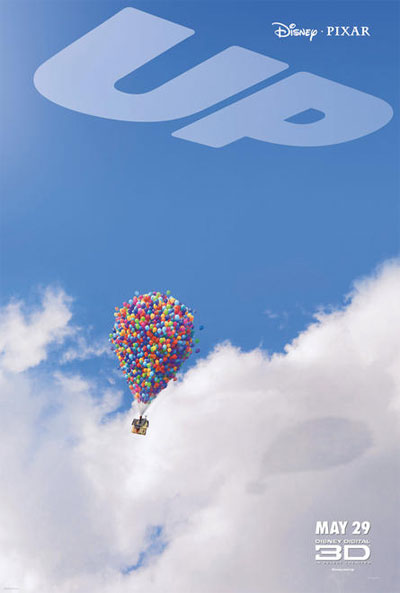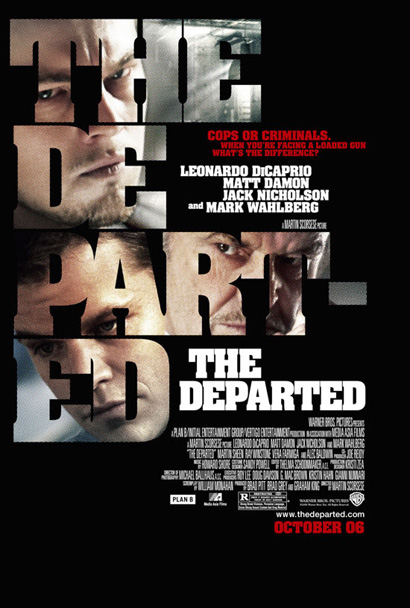2008
9.0

Director Kelly Reichardt's 2008 film Wendy and Lucy has been described as a “politically urgent road movie.” Though it may seem a trifle particular, Wendy and Lucy hardly gives the sense of any urgency, be it political or otherwise. Rather the film moves slowly and quietly, unfolding in a way that is both precious and intensely difficult. There is also the problem of the genre “road film” which in this case is entirely nominal. Meeting Wendy just as her car breaks down in a quiet Oregon town, the viewer finds the protagonist covering very little in the way of pavement. However, metaphysically the film is a constant state of determined wandering. The question is then: what defines a road film? Is it the pretense under which so many characters and people alike set out on: the hope of uncovering some occult or sublime truth about themselves or humanity. Or is it instead some unconscious and thus inescapable urge to escape? It would seem to be the difference between a want and a need. Something created or driven by an outside force and the internal struggle for spiritual survival that presses all other needs to the side. Wendy and Lucy, as a film, travels the latter route and arrives painfully at the spiritual awakening that so many seek to achieve while watching America roar past them.
Based on the short story “Train Choir” by Jon Raymond, Wendy and Lucy instantly gives the impression of a short but masterfully written novel where every word is carefully selected in order to achieve maximum affect (think Hemingway). The film is also highly reminiscent of the late master director Ingmar Bergman. Here the stark countryside of Sweden has been replaced by an almost picturesque (if implacable) small American town. Wendy (Michelle Williams) chaffs with the town's locals who seem to have achieved some sort of sad, monotonous stability with only the smallest hints of the "political urgency" mentioned earlier. Placing the film in a contemporary context the viewer knows the times are troubled. While the story may take place on the fringe of economic stability, the film does not hit you over the head with sentiment or guilt. Rather it is Wendy whose straits are more dire and urgent than anyone she meets in town.
She has arrived in town only to find that her car won't start and, after an uncomfortable incident with a rhetoric charged youth at a grocery store, her dog, Lucy, has gone missing. Lucy in turn becomes the symbol of Wendy's own lostness. Wendy's search for Lucy quite literally becomes a search for herself. So charged by her unconscious need to be reconnected with Lucy, Wendy forgoes all other hardship. Even a potentially dangerous encounter with a deranged homeless man only strengthens Wendy's resolve to find Lucy. When she does, seeing her sitting happily in the yard of a foster family's home, the tight constraint and determination that had held her together up until this point snaps. She weeps at seeing Lucy so happy without her and realizes that if she is to truly succeed in her journey toward becoming a happier more fulfilled person (for which her destination of Alaska is only a tangible, if idealized, representative) she has to let go. The film proposes that in order to move forward one must blow away the last sediments of the past. Her catharsis is magnificently placed alongside a scene of her boarding a train and an extended shot of the placid coniferous trees of North West America blending beautifully together, framed by the setting orange sun.
Supported by a unique ensemble cast of mostly unrecognizable or non-actors (with the notable exception of Will Patton) Michelle Williams carries the film's emotional weight as if it was truly her own. Her performance is engaging and pitch perfect, reminiscent of the most memorable of classic performances. Enough can not be said about her acting accomplishment in this film and though the framework is lo-fi indie the emotional depth she communicates with such a sparse script is beyond measure. The film itself succeeds where many “character films” do not due to its utterly engaging vision of a classically structured America disintegrating before our very eyes. The words of the Walgreen's security guard ring loud in our ears “There used to be a mill here. Now I don't know what people do.”
The film could have easily succumb to myth making, what with the extensive use of train whistles and the socially marginalized that populate their barren tracks and woods, if it were not so humanizing in its vision. The film does not seek to propagate the mysterious charm of isolation and travel, the mixture by which some assume a spiritual awakening will manifest. Rather it seeks to show the depravity of such ideas; the sheer unmistakable absurdity of wanting such circumstance. If Wendy's rejection of Lucy is any indication then we may conclude that enlightenment is not in looking but in finding. Maturity and self-understanding are the results of facing what we discover, be it good or bad. Understanding and divulging this sublime understanding, Wendy and Lucy is as socially committed as it is effortlessly poetic.


